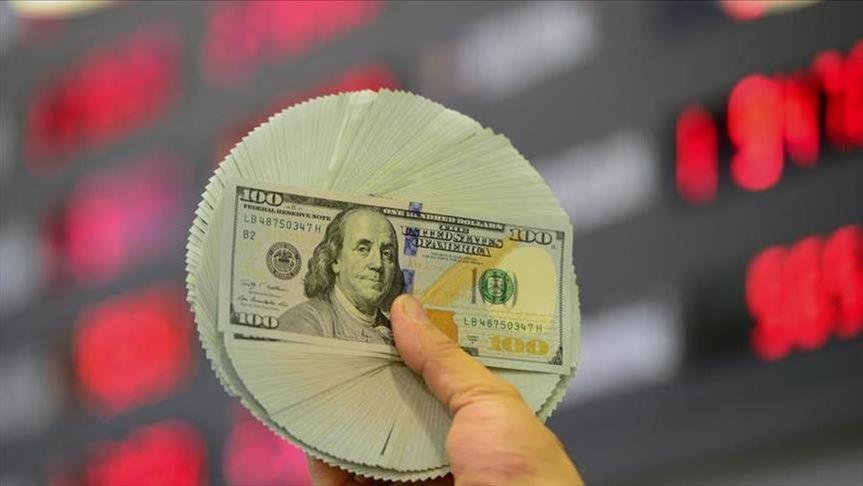Oil prices traded within a narrow range during the week ending June 8, as investors chose to take a ‘wait and see’ stance, weighing the risks of recent OPEC+ supply cuts while bearish economic data from the US and China weighed on prices.
International benchmark Brent crude traded at $76.24 per barrel at 2.29 p.m. (1129 GMT) on Friday, increasing 0.14% relative to the closing price of $76.13 a barrel on Friday last week.
Similarly, the American benchmark West Texas Intermediate (WTI) saw gains while trading at $71.28 per barrel at the same time, posting a 0.64% rise from last Friday’s session that closed at $71.74 a barrel.
The week started on a bullish note on the supply side after the OPEC+ group agreed to keep the current output cuts until the end of the year, with additional voluntary production cuts from Saudi Arabia of around 1 million bpd in July.
The group had already been imposing cuts of 2 million bpd since October, with voluntary cuts of 1.6 million bpd by some member countries in April.
However, some market participants are more pessimistic that any price upticks would be temporary in light of Saudi Arabia’s planned cuts in July, which could be extended, and that global recessionary fears and geopolitical tensions will keep prices below $90 per barrel.
Echoing the same opinion, Jorge Leon, a senior vice president of oil market research at Rystad Energy, said the Saudi move will add limited short-term upside price pressure in the coming weeks; however, the long-term price development would hinge on macroeconomic sentiment and the possible extension of the voluntary Saudi Arabian production cut beyond July.
Wood Mackenzie also said the OPEC+ decision should provide price support for the remainder of the year, with Brent forecast to average $84.70 per barrel.
On the demand side, investors were focused on the release of data from the world’s largest oil-consuming country, the US, and the largest oil-importing country, China.
A report released Monday by the Institute for Supply Management (ISM) showed that economic activity in the US services sector expanded in May for a fifth consecutive month, but its rate of growth slowed down.
The country significantly revised up the price of Brent crude, citing OPEC+ production cuts.
The US Energy Information Administration (EIA), in its Short-Term Energy Outlook (STEO), revised up the price of Brent crude this year to $79.54 per barrel and the American benchmark WTI to $74.61 per barrel.
The EIA released more bearish data late Wednesday. It said that US gasoline inventories rose by around 2.7 million barrels to 218.8 million barrels last week, signaling a drop in demand ahead of the summer travel season and reflecting a further economic slowdown.
To further weigh down prices, the producer price index (PPI) in China in May fell for the eighth consecutive month, down 4.6%, the National Bureau of Statistics (NBS) said on Friday.
This was the second data release signaling weak demand in the world’s second-largest economy after China’s Customs Bureau on Monday showed a decline in the country’s imports.
Imports in the country contracted 4.5%, slower than an expected 8% decline and April’s 7.9% fall.
Investors are now awaiting next week’s Fed meeting, during which analysts mostly expect a pause in interest rate hikes in the country’s fight against rising inflation.

